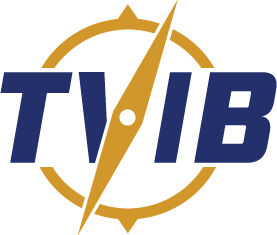USCG: CG-CVC 17-09 Issuance and Acceptance of Electronic Certificates
11/27/2017
The Coast Guard Office of Commercial Vessel Compliance issued Policy Letter 17-09 Issuance and Acceptance of Electronic Certificates
PURPOSE. This policy letter provides guidance for the issuance and acceptance of certain electronic certificates to U.S. flag vessels and those foreign-flagged vessels trading in U.S. waters subject to Port State Control.

